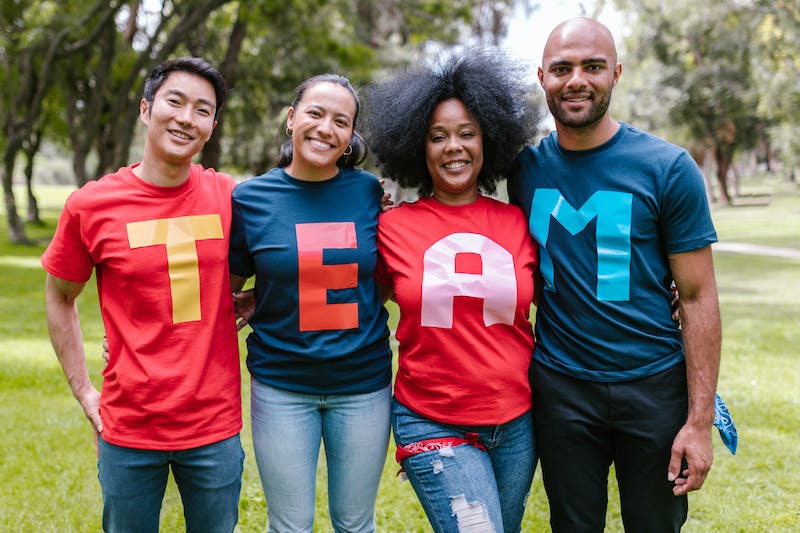UVA’s Comprehensive Approach to Athletic Injuries

Susan Saliba is a Professor in the Department of Kinesiology in the School of Education and Human Development at the University of Virginia. She also co-directs the Exercise and Sports Injury Lab (EASIL) at UVA. Her teaching, research, and pan-University collaborations are dedicated to keeping athletes of all ages active and healthy.
Anyone who plays, watches, or follows sports understands the devastation of being on injured reserve and how that impacts the performance of your team. Returning to sport depends on so many things and rehabilitation is paramount to preventing further injury and maximizing ability. What are the best ways to manage injury? Can they be prevented? Injuries are managed by surgery, strengthening, and rehabilitation – either with a physical therapist or athletic trainer, but what are the most effective “tricks” of the trade? Answering these questions blends the art and science of sports medicine and are fundamental to my research agenda in the Exercise and Sport Injury Lab (EASIL) at UVA. My passion is to examine how musculoskeletal injuries are managed and to evaluate the various therapies that can be applied.

As a physical therapist and athletic trainer, I worked in the UVA Athletics Department for 18 years before I became a full-time instructor and researcher. I returned to UVA fresh out of graduate school where I had been a student-athlete myself on the Swim & Dive Team as a diver. I was able to learn from Frank McCue and Joe Gieck: Godfathers of Sports Medicine and saw countless conditions in our clinic. I was lucky enough to work the sideline at the Sugar Bowl and a few others, provide medical coverage at 3 Final–Fours with Women’s Basketball, and work with 5 National Championships teams with Men’s Soccer. Through this experience in athletics, I worked with many successful teams and thousands of dedicated student-athletes who helped establish my need to examine the science of rehabilitation.
After an injury, ice is typically recommended, but electrical stimulation, ultrasound, laser, and even blood flow restriction could be applied with the goal of getting someone back into action faster. Systematically, I examine the use of these various interventions and try to figure out if they hasten recovery or waste money and time. Finding efficacy and effectiveness of any treatment is an important aspect of evidence-based medicine and that is the goal of my research. How is this done? Usually with a randomized clinical trial and a lot of data. Our team uses a comprehensive approach to evaluate neuromuscular responses that translate to strength; vascular responses that can affect inflammation; and physical responses of kinetics and kinematics associated with movement. We also evaluate functional outcomes, pain, and examine physical activity parameters and player load to determine best practices in therapy. EASIL has state of the art equipment to examine muscle function down to the individual motor unit as well as devices that measure ground reaction forces and pressure distribution. Furthermore, we can use imaging such as ultrasound to see the effects of various therapies on muscle function when a treatment is used versus when it is not. The data collected in EASIL helps to find answers that can be conveyed to clinicians for overall better care.
Sports medicine and physical rehabilitation at UVA has allowed me to build relationships and to work among the brightest in our field. In Kinesiology, our collaborations with Departments of Orthopedic Surgery, Radiology, Athletics, and various fields of Engineering and Data Science have facilitated projects with larger datasets and more diverse patient populations. The fundamental questions remain, but we do know that movement is essential to recovery of any musculoskeletal injury. There are lots of very effective ways to facilitate movement or exercise after injury and that is the key to recovery and preventing further damage throughout the lifespan.
- Having a Drink With Your Donkey: The Absurd in Antiquity
- What Happens to UVA’s Recycling? A Behind the Scenes Look at Recycling, Composting, and Reuse on Grounds
- Finding Your Center: Using Values Clarification to Navigate Stress
- UVA Club of Atlanta: Virtual Pilates Class
- UVA Club of Fairfield/Westchester: Cavs Care - Food Pantry Donation Drive
- UVA Club of Charlottesville: ACC Football Championship Game Watch